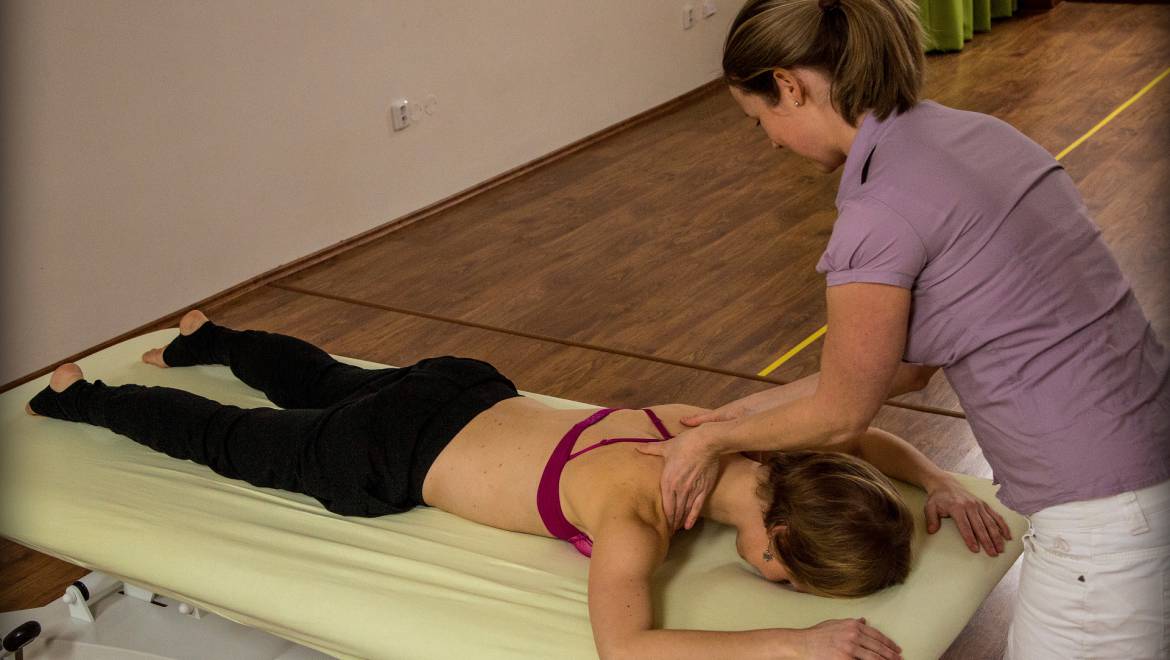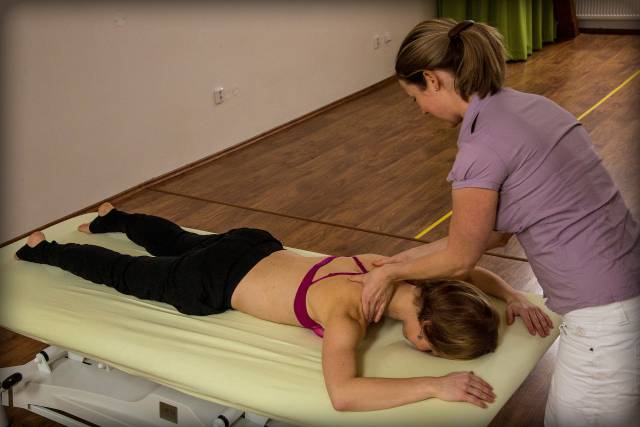Fascial manipulation, or what is often forgotten
Ligamentous network in our body
Our bodies are interwoven with a network of tissue that we often neglect and consider inferior. This is the so-called connective tissue. It is the tissue that envelops and holds our organs, enveloping every muscle fiber, creating tendons and cartilage. We have it everywhere and mainly it forms a continuous network. When we get injured, it is this tissue that comes in to form a scar. This tissue protects other structures from injury and protects our nerves.
It’s simply tissue that can’t perform movement like a muscle, or process substances in our blood like the liver. Without it, however, these executive bodies would not be able to work. In addition, it is found that this tissue has its intelligence and certain behaviors. There are nerve endings in it, so this tissue also has a certain controlling function and reacts to external influences by contracting, shortening and stiffening. When you imagine this interconnected 3D mesh changing its length in a certain part, it distorts this entire mesh. Thus, due to its interconnectedness, connective tissue transfers a disorder in one area to another.
Movement due to free sliding of ligament layers relative to each other
The ligament creates layers between the skin and muscles and between the individual muscles, as well as between the muscles and internal organs, as well as between the vessels and nerves. Between these layers there is a liquid that ensures their sliding relative to each other. Thanks to this gliding, we can move freely. In an ideal situation, everything slips and therefore we have no limitation or pain. However, due to various and minor injuries, falls, overloads or operations, such slipping will be limited in a certain place. However, it can also be due to hyperacidity by excessive or too intense load. The fluid between the layers thickens and its slipperiness decreases. At that point, the layers stop sliding over each other. However, the problem will not remain only locally. Due to the interconnectedness of the entire network, changes will have to occur everywhere, throughout the system. Therefore, other places stop sliding, where the liquid also thickens due to non-movement. This process takes time, but if it is not addressed, it expands and deepens. On top of the original problem, others are being added. It looks like that after a knee injury, the knee hurt first, then the pain subsided. Years later, the hip began to hurt, then the back, and then after the overload, the knee again. A thoracic spine has been added to the lumbar spine and occasionally catches a spasm in the foot. And then all that’s missing is to add a shoulder, after a load tennis elbow or a headache while sitting at the computer for a long time, and we have a nice chain of troubles. This process can take place within 25 years, so a person does not even realize the connection of the problems.
Manipulation of connective tissue
And it is precisely with the improvement of the gliding of the ligamentous layers that the method of fascial manipulation works. A detailed examination will reveal in what planes and in what places the key problems are located. A detailed analysis of past injuries, surgeries and other incidents that could have caused such a disorder in life is necessary. It’s a really interesting detective job. It is possible to find connections that one would not associate or consider important. To illustrate, would you say that a fall from a swing at the age of four, in which you hit yourself in the head quite a bit but without injury, can result in a cascade of other difficulties in adulthood, including problems with the cervical spine? Or that appendicitis surgery at the age of six leads to problems with the lumbar spine? You can then practice healthy exercises on the back no matter how much, but if the sliding of the fascia in the place and around the scar is not restored, the trouble will keep coming back. The history of the injury will lead us to key places that we will examine by movement tests and palpation. The points where the densification is located are treated manually by pressure and sliding deep in the tissue. In the course of therapy, tests that came out positive are repeated and it is monitored how they have changed. We need to see some change now. At first, it may not be quite for the better. The organism has created various compensations, which we remove like onion peels. Peeling off one layer may reveal a different problem. After therapy, the current pain may subside, but another one will appear that you felt earlier. But this is positive and we know that there is some change. These symptoms also direct us in the next procedure.
The effects of fascial manipulation are great. Sometimes they are immediate, sometimes it is a long-term journey, but the effect is long-term. In addition, if it is combined with targeted exercise to restore ideal movement stereotypes, a complete cure is almost certain.
These certified Fascial Manipulation Therapists will be happy to help you with your difficulties:


